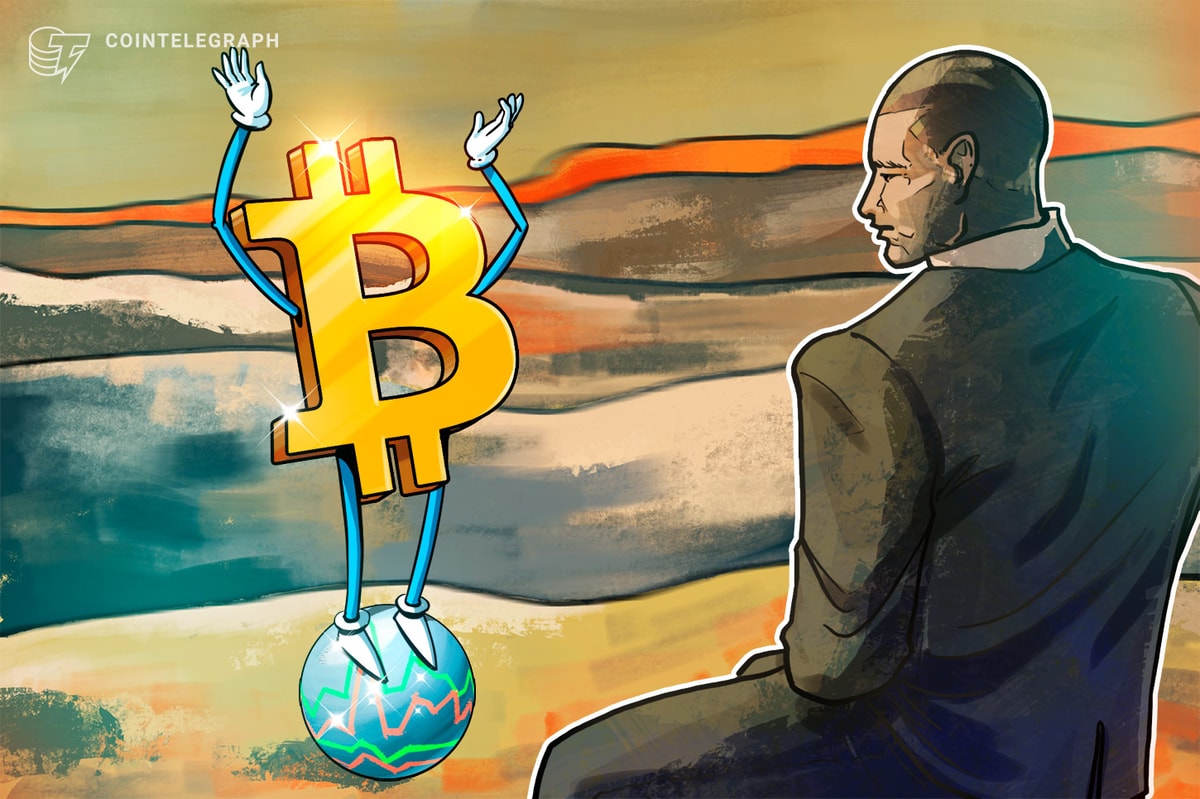USD-backed stablecoin pilot project launched by Pacific island nation of Palau
2 min read

The government of Palau is set to begin a pilot project for a United States dollar-backed stablecoin on July 26. The new coin will be issued on XRP Ledger.
The country will release the first Palau Stablecoins (PSCs) in the pilot project to government employees. This comes after several days of testing using volunteers to make purchases with various devices.
The PSC, nicknamed the Kluk, possibly due to its bird logo, is the latest project to run on the Ripple CBDC Platform that debuted in May. Ripple claimed at that time to be in talks with over 20 governments about central bank digital currency (CBDC) issuance. The agreement with Palau predates the new Ripple product, however. Ripple’s partnership with Palau was announced in 2021, with a target launch date in 2022.
Palau is spread across a group of islands in the Oceania region of the Pacific Ocean. It has a population of slightly more than 18,000 and uses the U.S. dollar as its national currency.
Related: Montenegro’s central bank teams up with Ripple on digital currency pilot project
The country already has a digital residency program and issues ID supported by Cryptic Labs that is available as a nonfungible token on the Binance BNB blockchain. Palau’s Root Name System ID is valid for identification and Know Your Customer purposes and is recognized by several major international entities. It costs just over $20 per month.
So far during this limited pilot we have successfully tested PSC with WebApp and Android Wallets (multiple OS versions and smartphone models).
iPhone wallet app is coming soon
✔️Minted by Republic of Palau National Treasury
✔️Distribution by Ministry of Finance
✔️Wallet to… pic.twitter.com/I3Gvt9PV7X— Jay Hunter Anson (@JHX_1138) July 19, 2023
Pacific island nations have been a hotbed of crypto development in recent years. For example, the Republic of the Marshall Islands is launching a CBDC and has legalized decentralized autonomous organizations (DAOs). Vanuatu hosts the Satoshi Island “place for the crypto community to call home.” Tonga announced plans to introduce Bitcoin as legal tender, although it seems to have missed its planned January 2023 launch.
Magazine: Why are crypto fans obsessed with micronations and seasteading?







